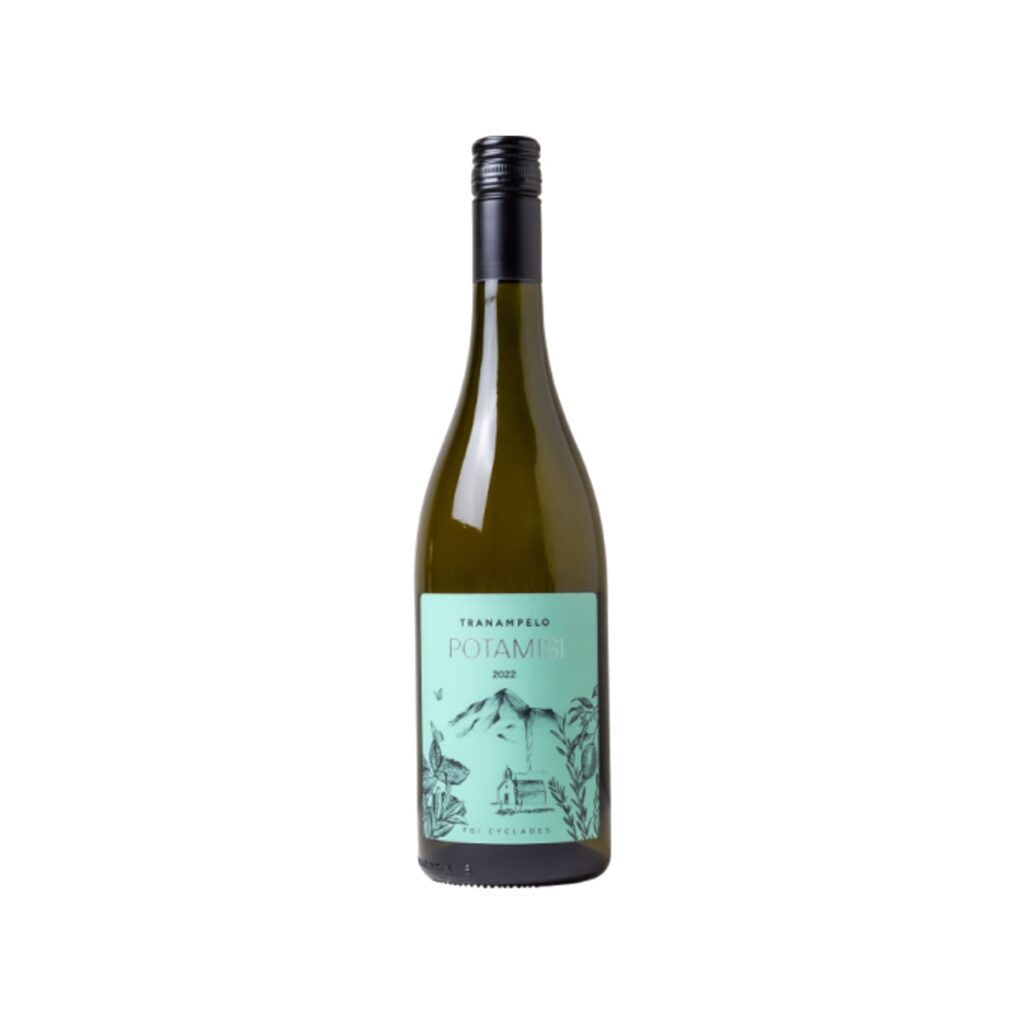Deep in the mists of time, the beginnings of the history of Naxos Town (Chora) are intertwined with mythical beings, legends and heroes that are later succeeded by distinct eras: Mycenean, Roman, Byzantine and the periods of Venetian and Ottoman occupations. Its many monuments speak about a splendid past – the most characteristic one being Portara, the imposing propylon, or monumental gateway of the 6th century temple of Apollo on Palatia, the islet by the harbor.
The archictecture of Naxos and the island’s architectural heritage, shaped by the different cultures of peoples and conquerors that set foot on the island over the ages, features a wide variety of monuments which reflect a rich folk tradition in the building of houses, churches and other edifices.
The overall picture of Naxos’ architecture fits the general style characteristic of the Cycladic groups of islands: White houses –with two levels at most and no surface being absolutely flat- built next to each other, their courtyards accessed via stone-paved alleyways and stairs. The island is marked by great variety: mountains with ravines, caves and gullies shade verdant valleys with olive, fig, orange, lemon trees and vineyards, abundant waters.
Nikos Kazantzakis, Greece’s foremost 20th century writer, once wrote about the time he spent as a teenager in Naxos’ fertile valley of Eggares: “If paradise was on Earth, it would be here.”
(Source: www.naxos.gr)


